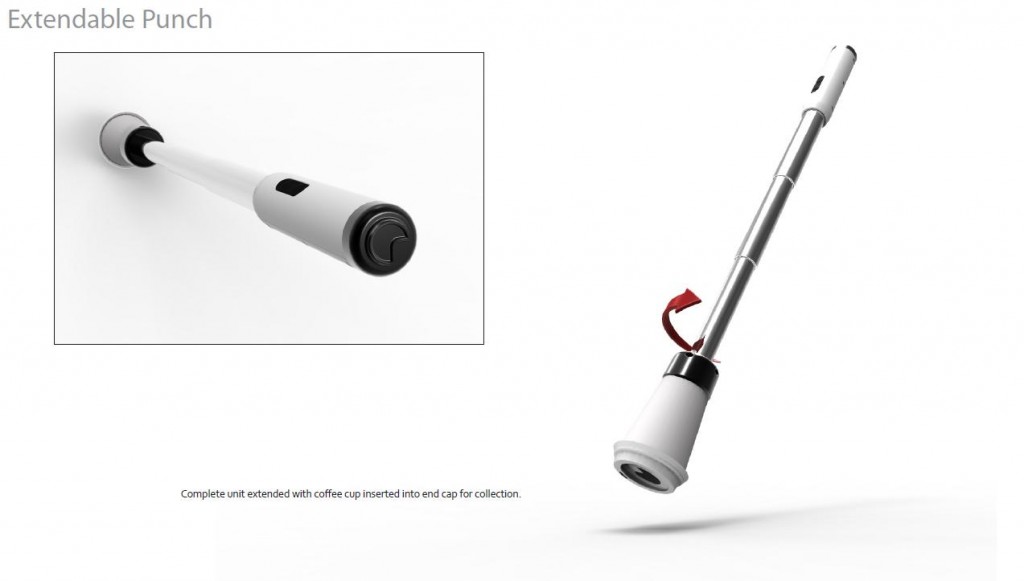It was uncovered by Vlad Bobleanta at UnWiredView last week, by now many other journalists, like Caroline Howard from Forbes, reported about the unusual Nokia patent.
„Nokia is taking steps to make sure you never miss another phone call, text or email alert again: The company has filed a patent for a tattoo that would send „a perceivable impulse“ to your skin whenever someone tried to contact you on the phone“, writes Deborah Netburn from the Orlando Senitnel.

„Just as you can assign different ringtones to different contacts in your address book, this device can vibrate differently based on who’s calling, or whether you’re getting a text, email or news alert, according to the documents. It can even warn you when your phone’s battery is about to die“, says Braden Goyette from the New York Daily News.
Now you may ask yourself: „How does this work?“ The patent „suggests using a ferromagnetic ink, which includes compounds like iron or iron oxide, for the tattoo. Heat the ink to a high temperature before applying to the user’s skin to temporarily demagnetize it. Otherwise, ouch. Afterwards, remagnetize the tattoo simply by “repeatedly running a magnet over tattooed spot.
For those not interested going full-robot, there is a sticker version, or a magnetic receiver worn on the skin, to sub for the vibrating tattoo“, explains the Forbes article.













